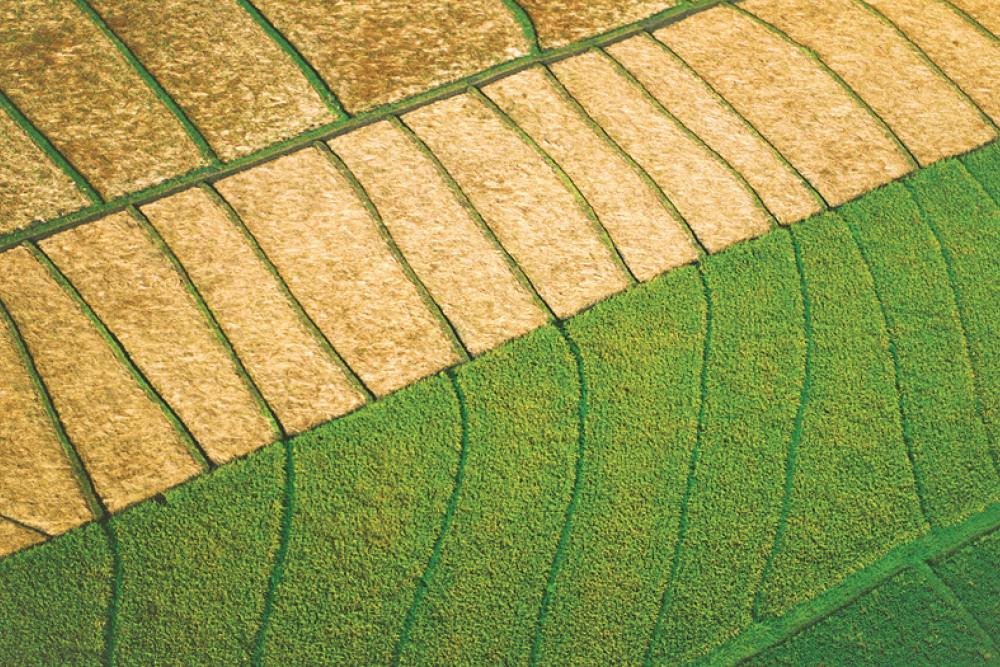Despite setbacks and drier conditions across some parts of Australia, the agriculture sector is forecast to have its second-highest value of production on record in 2024–25.
Executive Director of ABARES Dr Jared Greenville said the overall value of the agriculture, fisheries and forestry sectors is forecast to reach $94.3 billion this financial year.
“The agriculture sector alone is set to be worth $88.4 billion, up $6 billion from last year,” Dr Greenville said.
“The chief driver of the increase is higher prices for livestock, which has in turn driven higher livestock production.
“The gross value of crop production is also forecast to rise by $2.2 billion as higher domestic production more than offsets lower prices on global markets.
“Winter crop production volumes have risen by 16% to a total of 55.1 million tonnes thanks to favourable growing conditions across major parts of New South Wales, Queensland and Western Australia.
“Production volumes though in South Australia and Victoria have suffered from poor conditions across the winter cropping season, leading to year-on-year declines in both states.
Agricultural export values are forecast to fall to $70.1 billion in 2024–25, on the back the exportable crops returning to more normal levels following three record production years between 2020–21 and 2022–23, but will be third highest on record, indicating the ongoing demand for Australian products regardless of global volatilities.
“There is also good news for Australian red meat exports, which rose significantly in 2023–24 and are expected to reach a new record in 2024–25, thanks to strong demand from key trading partners such as the US, China, Japan and the Middle East.
“Good production conditions in the last few years for livestock have meant continued availability of livestock for turn-off in Australia.
“In 2024–25, red meat export values should reach record levels for both beef and veal exports (worth $13.9 billion) and sheep meat exports ($5.3 billion).”
- Read the ABARES Agricultural Commodities Report.
- Read the ABARES Crop Report.



